San Juan Capistrano Public Library
31495 El Camino Real, San Juan Capistrano
Officially opened in 1983, the San Juan Capistrano Public Library is now 40 years old. (figs. 1-2) It was built on land owned at the time by the local school district. The County of Orange provided construction funds in the amount of $800,000 and ongoing library operations in exchange for a rent-free lease which expires around 2031, 50 years from the date construction began. (figs. 3-4) Today, the land and the building, including the semi-detached La Sala auditorium, are owned by the City of San Juan Capistrano. This year, the tenant, OC Public Libraries, is undertaking a renovation of the interior of the library building. County Librarian Julie Quillman has said that the project will make the library more responsive to the needs of the San Juan Capistrano community by maximizing wheelchair accessibility, providing more internet access points, and allowing staff the space to provide more activities.(1) (figs. 5-6) Regretfully, the character-defining features of the library architecture such as the unique room layout, custom furniture and lighting fixtures, bathroom tile, and hand-painted stencils will be altered, removed, or demolished.(2) And the City’s permit process did not pick up on these impacts.
IS IT HISTORIC?
The library is architecturally significant and the County Librarian acknowledged that by consulting the original architecture firm early in the re-design process.(3) But is the library historic? Although the building’s age doesn’t meet the usual 50 year threshold for historic status, Preserve Orange County believes it is historic and therefore deserving of special treatment. To start, it is one of the finest examples in the US of Postmodern architecture, a relatively rare building style adopted from the late 1960s to the 1980s. Postmodernism challenged the sleek, rectilinear shapes of Modern architecture and re-introduced classical forms like pediments and columns. The library was designed by Princeton, New Jersey-based architect Michael Graves (1934-2015), one of the style’s foremost practitioners. It is an example of Graves’ “total design” approach to his projects. The interior planning and decorative elements were as much a part of Graves’ design intentions as the complex exterior. (figs 7-11) With the library, Graves went beyond mere style to create a truly place-based building inspired by the nearby Mission and the area’s Hispanic history.
The library emerged following an international design competition led by the City of San Juan Capistrano. Graves’ two main rivals in the competition were Robert R. M. Stern and Charles Moore, both of whom would have prominent careers in American architecture. Upon completion, the library generated considerable attention from the local and national press, and architectural profession.(4) Suddenly, the new library was as much an attraction for visitors as the Mission San Juan Capistrano and the swallows’ return! And it inspired a decade or more of cultural and artistic activities in the city. Graves became a local favorite: although wheel-chair bound by this time, he returned to the library for its 30th anniversary celebration in 2013.
The library would likely qualify under criterion C of the National Register of Historic Places for embodying “the distinctive characteristics of a type, period, or method of construction, or that represent the work of a master, or that possess high artistic values.” Since the property isn’t yet 50 years old, to be considered historic the National Register requires that it also meet the higher threshold of “exceptional importance.”(5) In the case of this remarkably intact and stylistically rare public library designed by a master architect, a persuasive argument can be made that it has already achieved historic significance.
FALLING THROUGH THE CRACKS
As far as local poiicy is concerned, the building is in limbo. On the one hand, there is an official-looking plaque denoting historic site status attached to the library facade (fig. 12) and the building is also included on the City’s list of Buildings and Sites of Distinction (BOD) making it “potentially eligible for inclusion” on the local historic register or Inventory of Historical and Cultural Landmarks (IHCL). On the other hand, City officials have said that the library isn’t historic, and because the agreement between the City and the County allocates responsibility for the library’s interior maintenance to the County, the City says it cannot interfere.
When changes are proposed that may impact their historic significance, historic landmarks in San Juan Capistrano that are listed on the IHCL receive “discretionary” review from City staff: the project is reviewed for compliance with the Secretary of the Interior’s Standards for Rehabilitation, and a public hearing is held. The rules for treating buildings such as the library that are on the BOD, the secondary list, are less clear-cut. The City’s written policy is that “the BOD is an honorary designation and imposes no restrictions nor conveys any benefits. However, proposed development projects on these sites may need to address additional issues under the California Environmental Quality Act.” It’s not clear when a development project would invite an environmental or discretionary review and when it would not. But when the County requested a building permit last year to make the interior modifications to the library, City staff reviewed the plans to ensure they met the Building Code, the minimum standard of review, and the project was permitted without concern for the impacts to historic features.
If the building was listed on the local IHCL, its character-defining features would be documented and City policy would require alterations to be assessed by an historic or preservation architect. Also, the project would be designed under the guidance of the California Historical Building Code and therefore preservation issues would be balanced against the health, safety and accessibility issues raised by the unique interior plan. Moreover, the changes proposed by the County tenant would be officially scheduled, noticed and presented for public scrutiny by the City- a more transparent and sensible process for treating a beloved local institution that is in fact owned by the city in which it is located.
WHAT’S NEXT?
The current modifications to the library interior have been permitted and are underway, and based on current policy it would be difficult to reverse course at this late stage. However, to ensure longer term protection of the library interior and exterior, San Juan Capistrano City Council should be asked to consider nominating the building to the local historic register, the IHCL. According to City policy, as the owner of the library the City is the only party that may authorize a nomination. The policy does not have an age threshold but a building must meet local criteria which states that a building is eligible if it is “deemed historically and/or culturally significant, at a local level, due to their architectural style and condition…”
Alterations to Graves’ original design have occurred in the past (for example, the gazebos or “outdoor reading rooms” on the west side were removed to mitigate against vandalism) and it will be necessary to make changes in the future. Placing the building on the IHCL will ensure that the library’s original features and subsequent alterations are documented so future changes can be managed appropriately by future stewards.
BY Krista Nicholds
DOCUMENTS
SJC Buildings and Sites of Distinction (BOD)
SJC Inventory of Historical and Cultural Landmarks (IHCL)
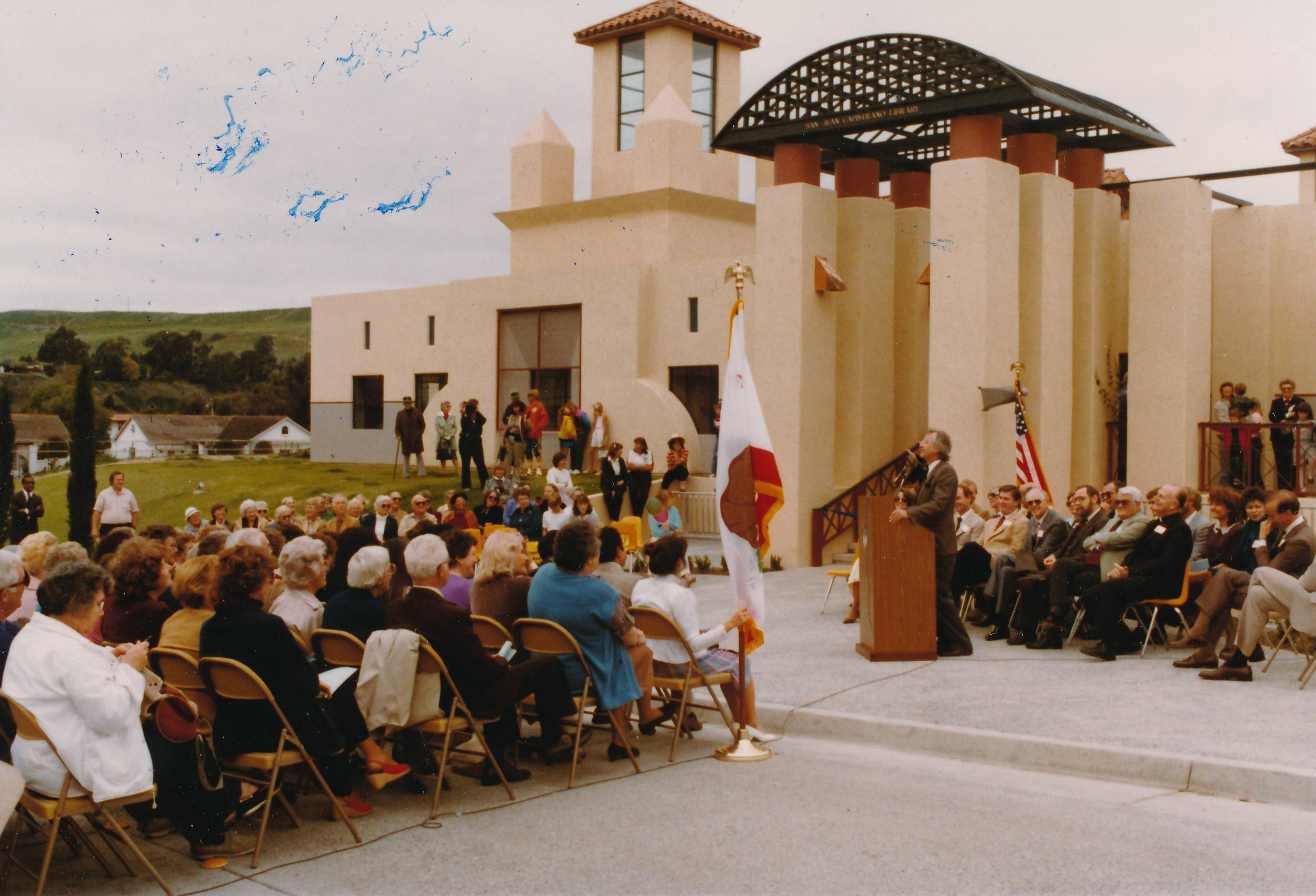
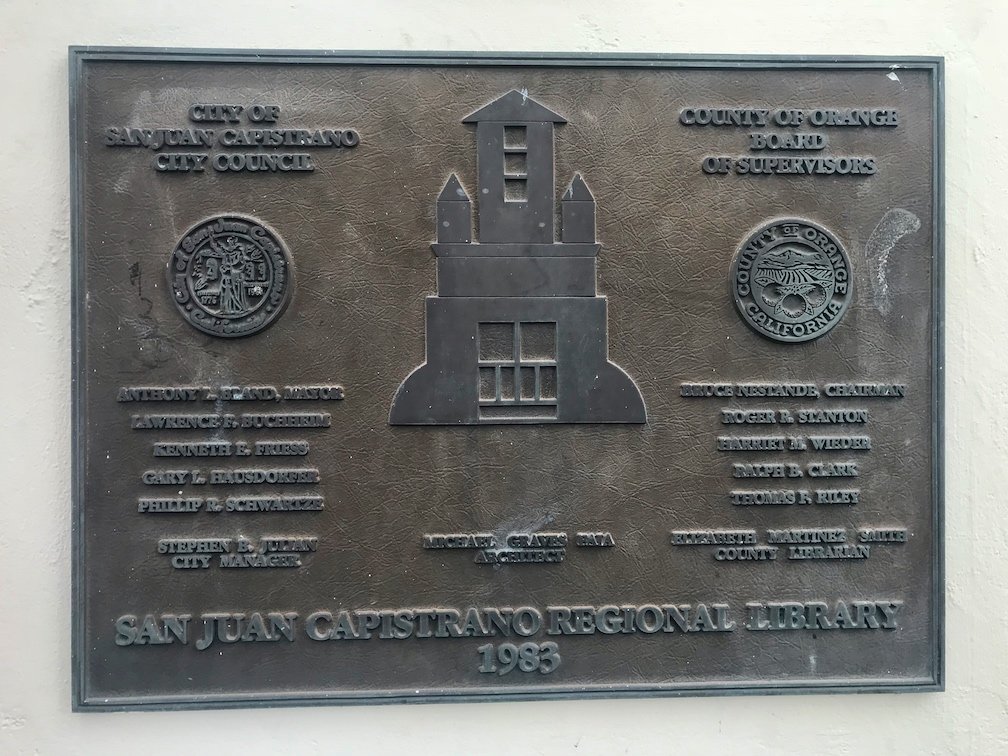
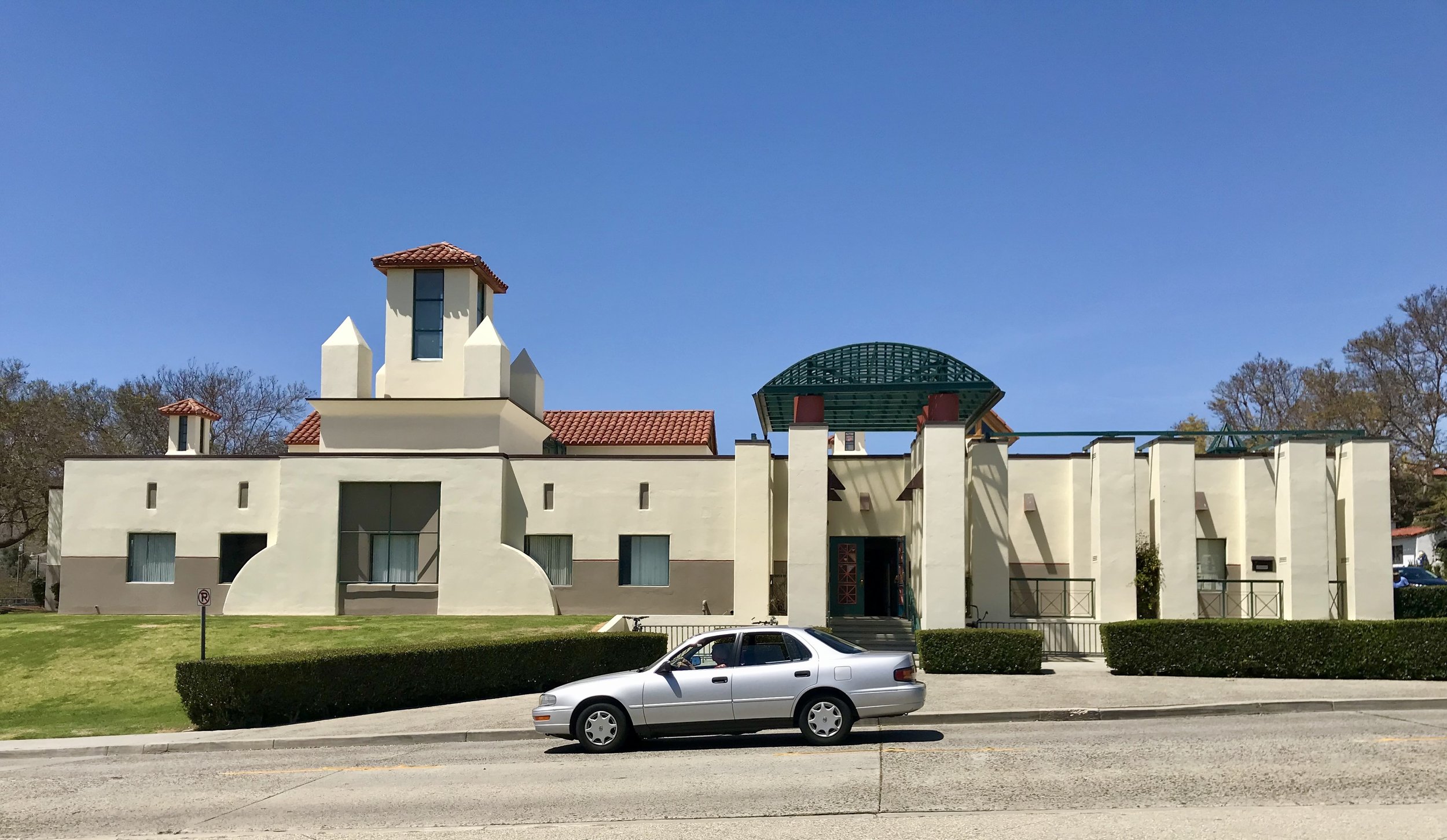
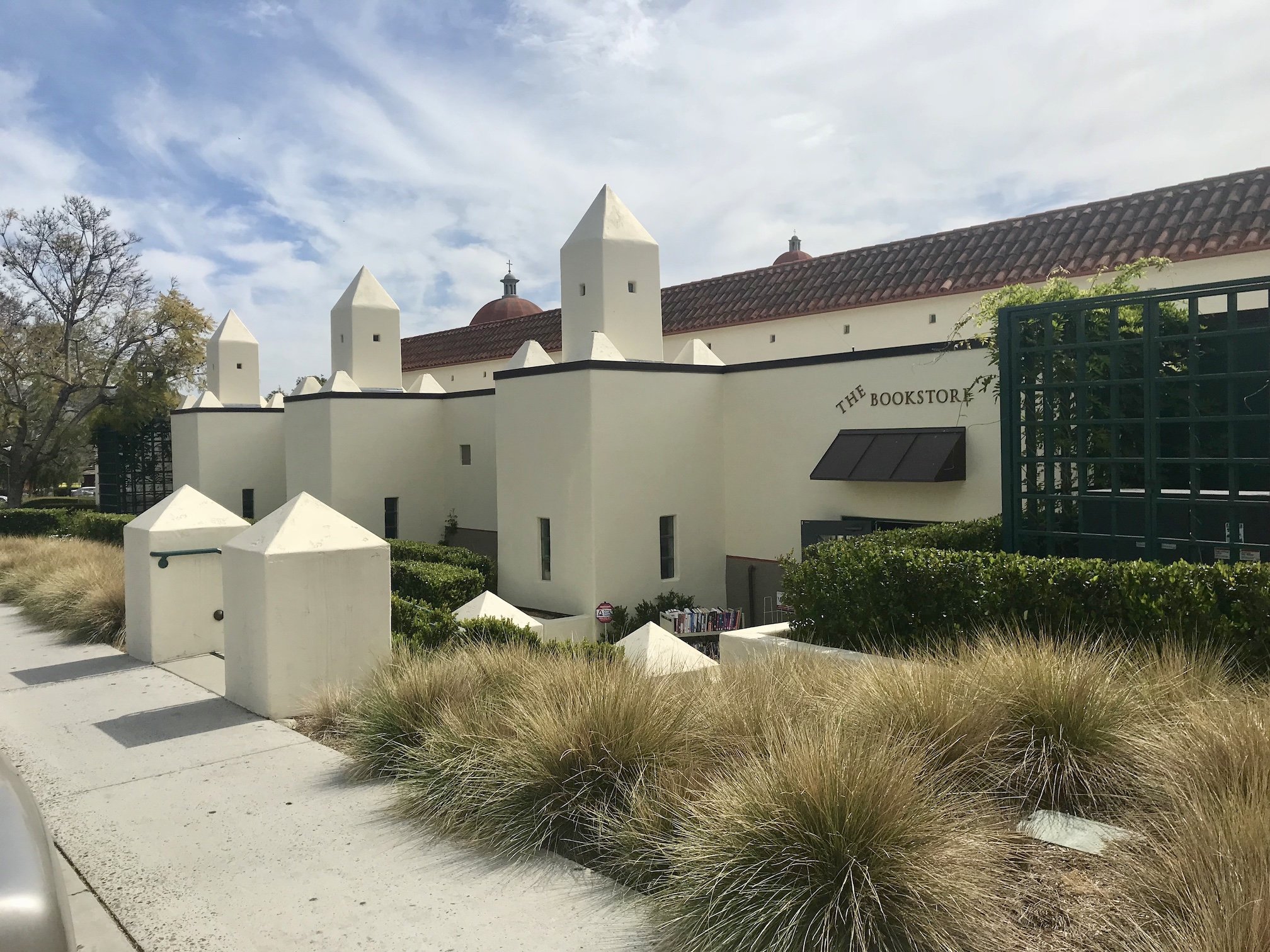
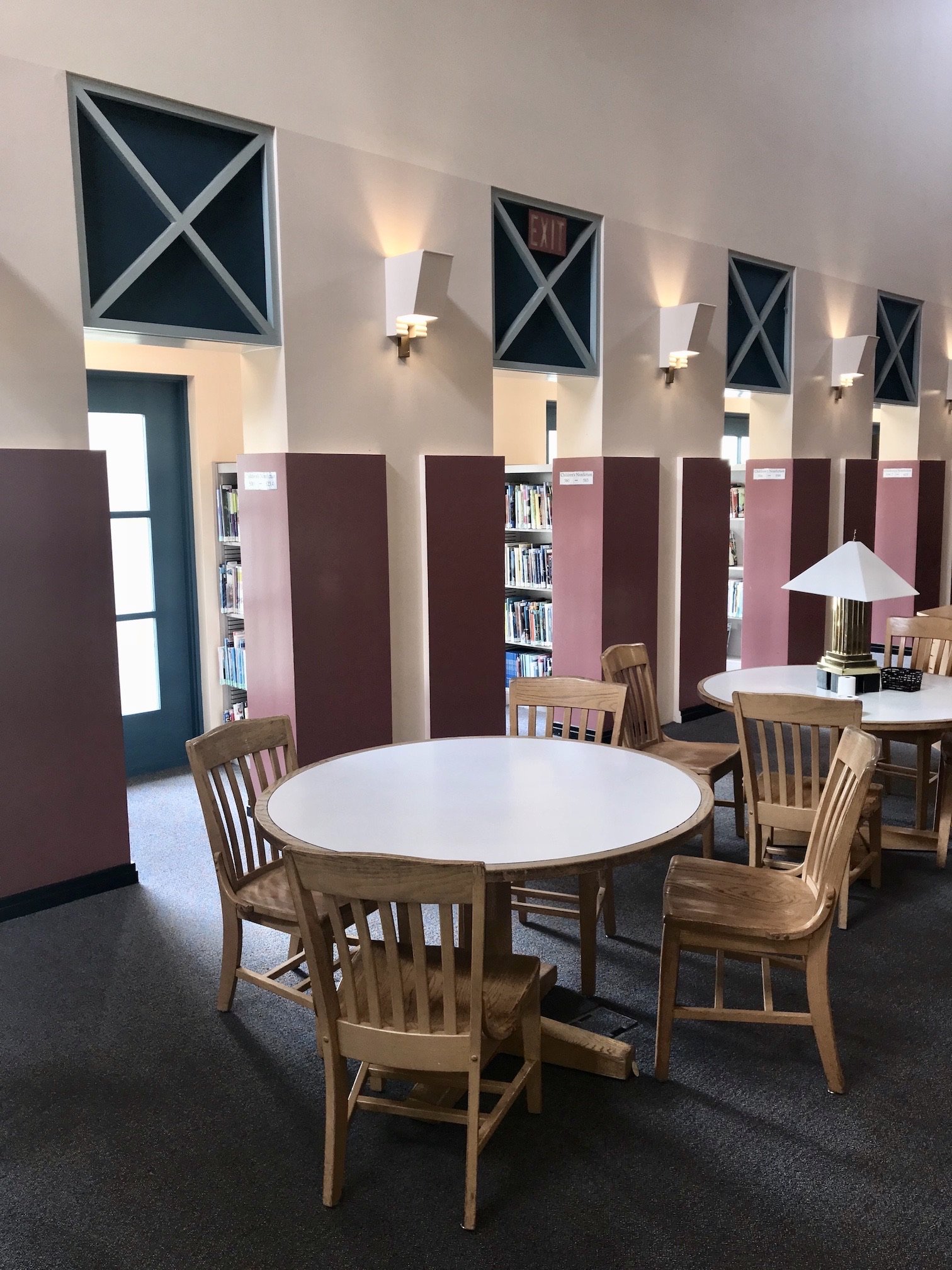
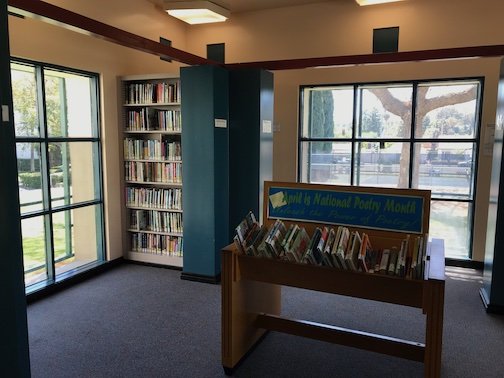

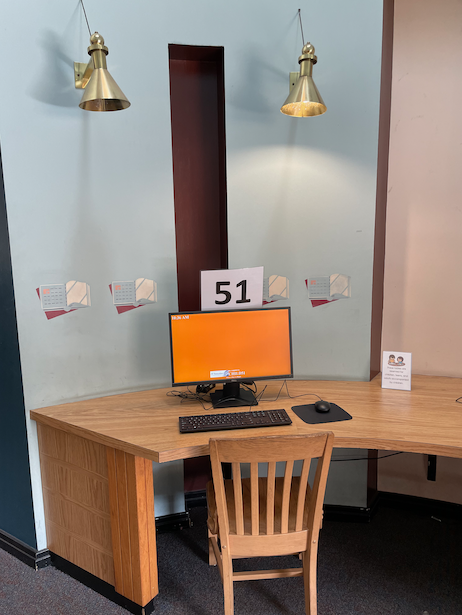
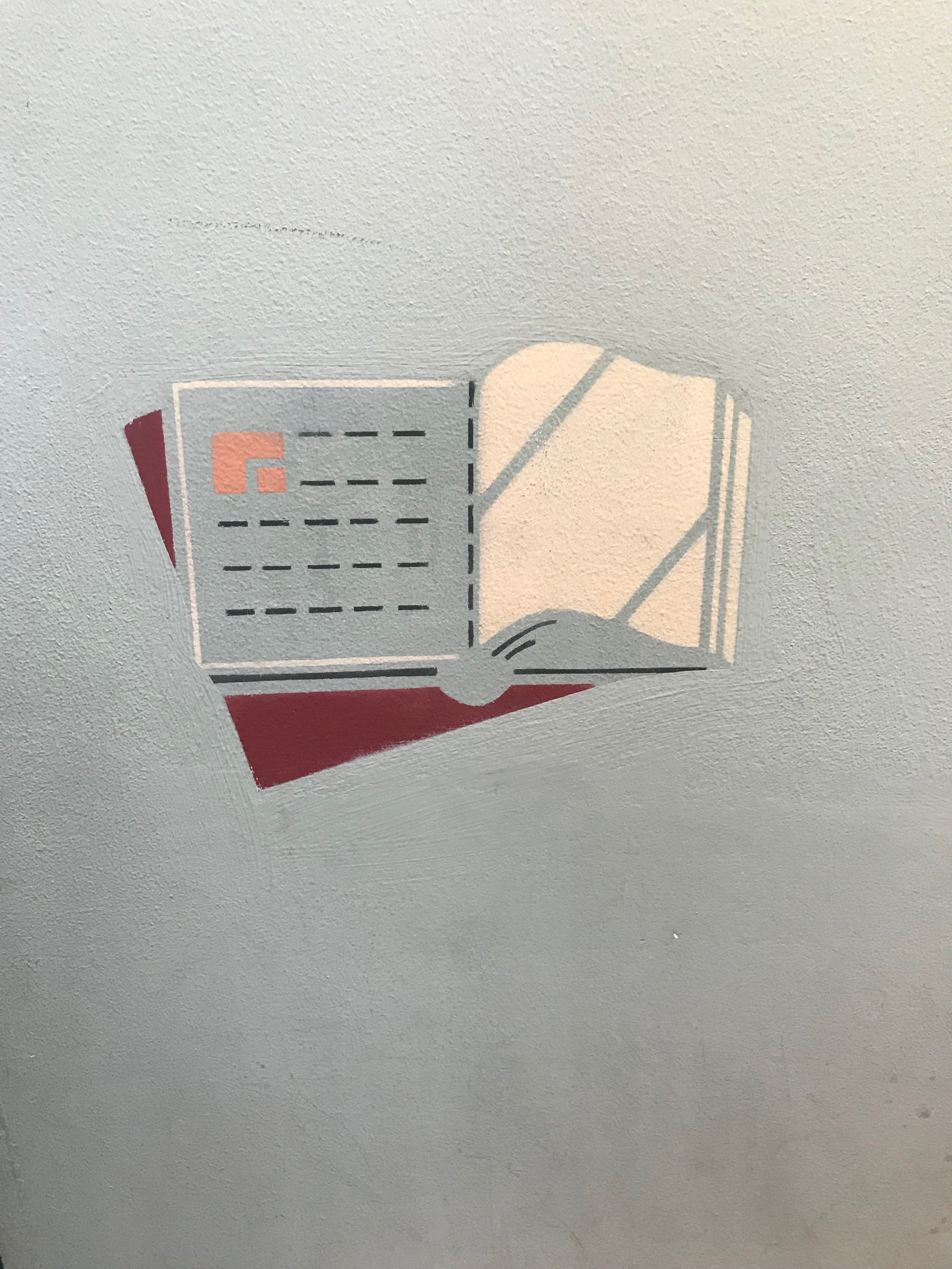
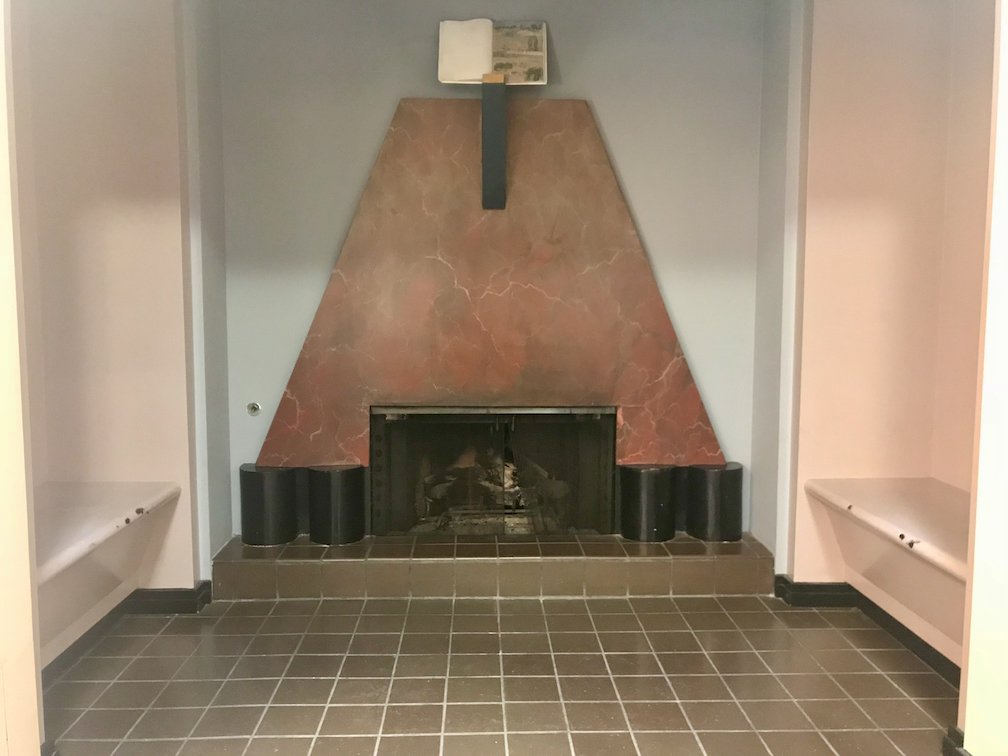
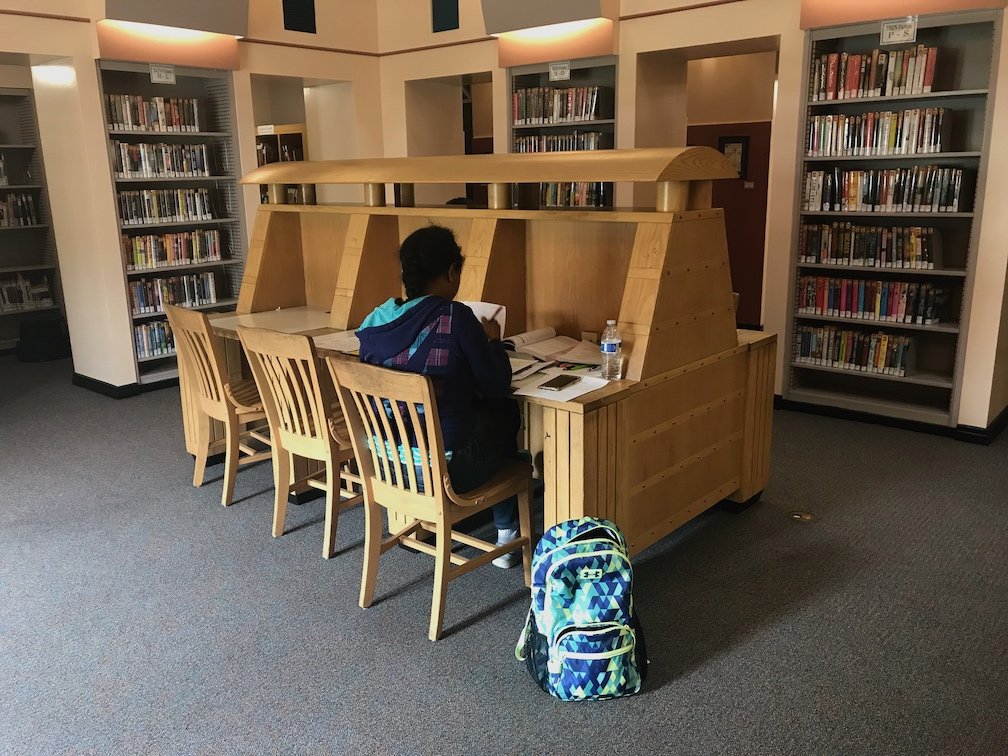
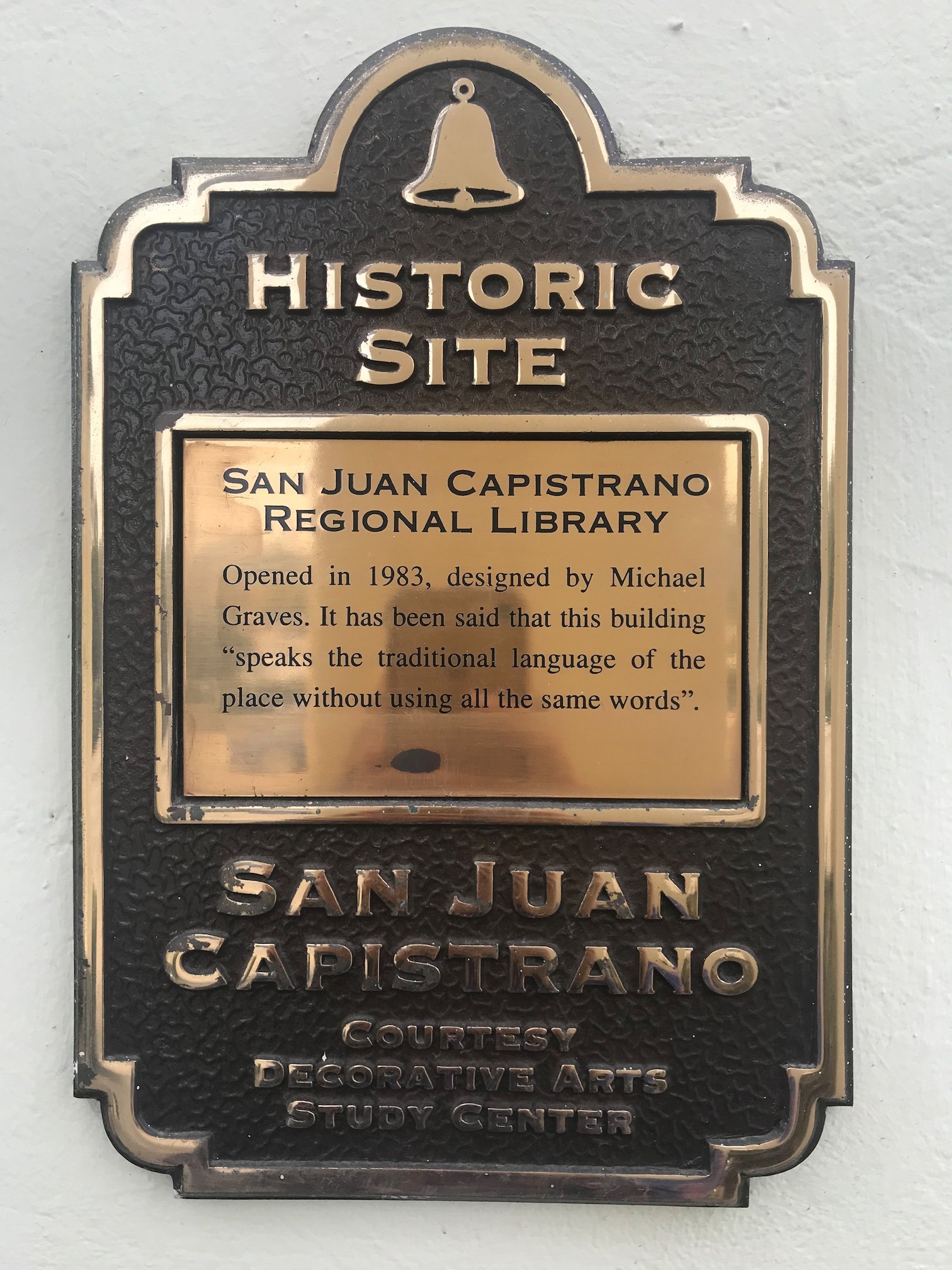
ENDNOTES
(1) In a December 13, 2021 email addressed to Krista Nicholds, County Librarian Julie Quillman explained that “our design changes will help us to better serve our patrons by creating sight lines, opening up areas for more seating and programs, adding lighting and modifying furniture, carpet and paint to reflect the modern vision of the library as a third space in the community.”
(2) With respect to the library furniture that was designed for the original library, Ms. Quillman wrote that “furniture that is appropriate for a library will be repurposed at the Garden Grove Library and some of the furniture and the lamps will follow the official county surplus process where ever attempt is made to reuse them and then they are offered in the surplus school donation program… If the items are not picked up in this process, they are sold to the general public via the contracted third-party online auctioneer, GovDeals… The wooden carrels followed this process 8/12/20.” She went on to explain that “libraries do not use these types of large wooden privacy carrels any more due to safety issues and the need to remove privacy so that children and other patrons are not exposed to inappropriate behaviors.” Email, December 13, 2021.
(3) Ms. Quillman said that she consulted the original architect’s firm, Michael Graves Architecture and Design, about the renovation and reported that they approved of it and explained “they like to see the interiors of their buildings be a modern version of the initial design- that’s a better reflection on Michael Graves and the architectural group- a library that has stood the test of time and is able to change to meet the needs of the community.” Email, December 13, 2021.
(4) For the San Juan Capistrano public library, Michael Graves won the 1985 American Institute of Architects’ Honor Award, one of 12 awarded nationally that year. See also the articles written about the building following its opening in 1983, hyperlinked above.
(5) Criterion Consideration G, “National Register Bulletin No. 15: How to Apply the National Register Criteria for Evaluation,” 1995 , 41. https://www.nps.gov/subjects/nationalregister/upload/NRB-15_web508.pdf
